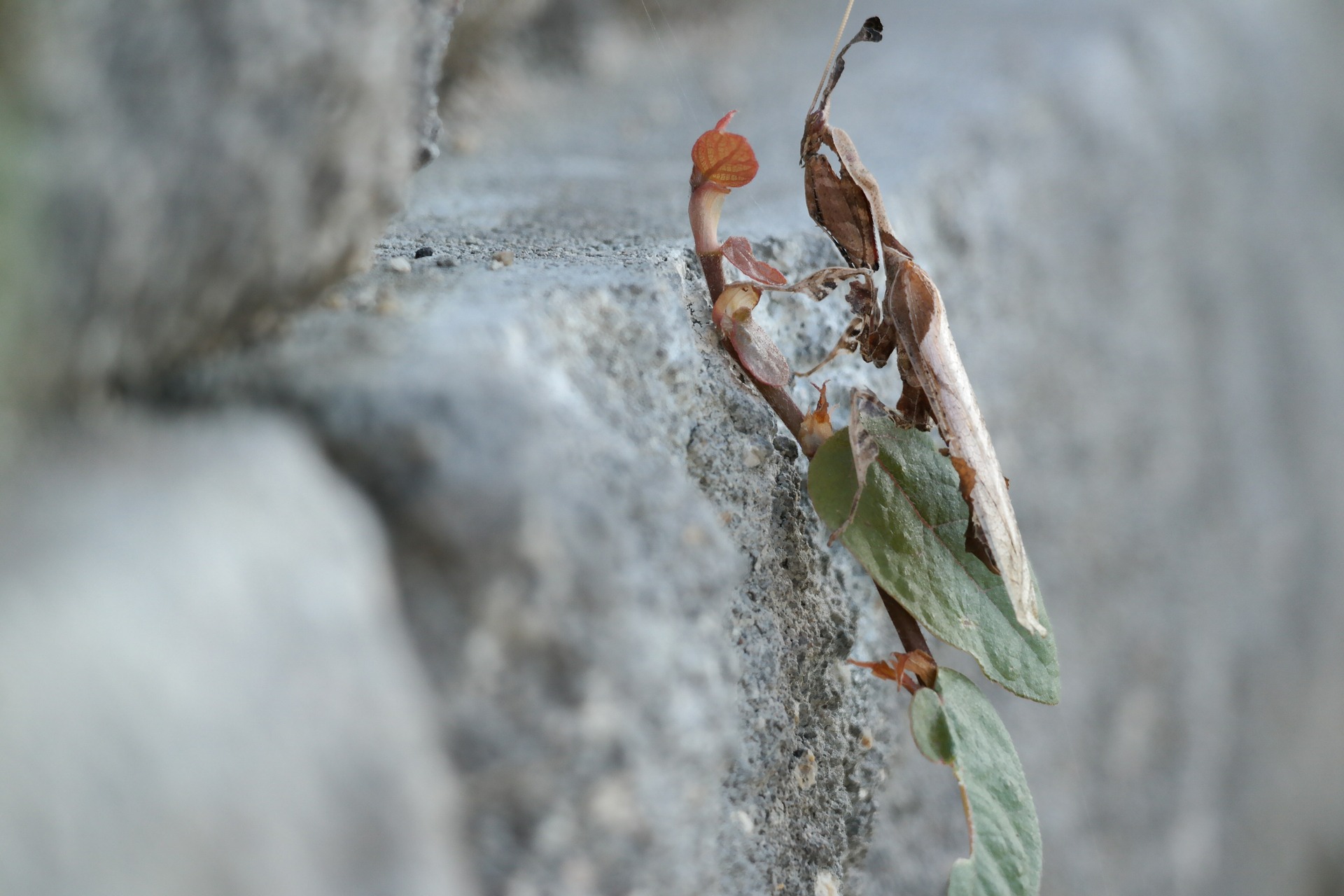It’s a branch! It’s a leaf! Nope, it’s a ghost mantis.
Appearances can be deceiving in the animal world, where creatures of all shapes and sizes have evolved various methods to evade their enemies by blending in with their surroundings. This small species of mantis from Africa has an excellent camouflage technique — it is almost indistinguishable from a dry, weathered leaf.

The ghost mantis, or Phyllocrania paradoxa, is one of three species belonging to the genus Phyllocrania. This mantis has lobed legs, lobed abdomen segments, and a distinct knob on the top of its head. They are usually dark brown to light green in color, and some research suggests that they are browner in hotter temperatures with lower humidity and greener in cooler temperatures with higher humidity.

In addition to resembling a leaf, this species of mantis is extremely small in size, growing to a maximum two inches in length — the perfect size to complement its natural camouflage. They prefer to inhabit dry areas with vegetation, where they’re often overlooked by predators.
Ghost mantises give birth to up to three dozen young at a time. While the young nymphs don’t resemble their full-grown parents, they utilize their own form of camouflage: ant mimicry. The nymphs look a lot like black ants, which many predators often find unpalatable and too aggressive.
Like mother, like daughter or son — ghost mantises are masters of disguise.




